A bunch of classic rock albums landed in 1980.
Videos by American Songwriter
AC/DC’s Back in Black, Motörhead’s Ace of Spades, Taking Heads’ Remain in Light, Judas Priest’s British Steel, Joy Division’s Closer, and Zenyatta Mondatta by The Police, to name a few. Van Halen, Bruce Springsteen, The Clash, U2, as well as John Lennon and Yoko Ono, also released timeless albums the same year.
This list is nowhere near exhaustive. And several variations of rock music are being placed under a very large tent here.
Still, many albums from 1980 forever changed rock guitar. Here’s a look at three differing styles that helped inspire the legends that followed them.
Breaking the law, breaking the law.
“I Was a Teenage Werewolf” by The Cramps from Songs the Lord Taught Us
Not everyone in 1980 chased the dive-bomb sounds of Eddie Van Halen or Randy Rhoads. The Cramps emerged from CBGB, mixing goth punk with surf music. Formed in Sacramento, California, in 1972, Lux Interior and Poison Ivy Rorschach created the blueprint for future garage revivalists The White Stripes and The Black Keys, among others.
The Midwest connection is notable. The Cramps moved from Sacramento to Akron, Ohio, before making their way east to New York City. Meanwhile, they pioneered psychobilly by fusing 1950s rockabilly with horror-themed aesthetics. Think early Elvis meets Night of the Living Dead.
Ivy, born Kristy Wallace, played Gretsch guitars and Fender amplifiers to create her influential sound. You’ll need plenty of fuzz, reverb, tremolo, and cool.
“Crazy Train” by Ozzy Osbourne from Blizzard of Ozz
Eddie Van Halen had already changed rock guitar with “Eruption” in 1978. He not only changed the way people approached the instrument but the instrument itself. Soon, most on the Sunset Strip played a variation of his Frankenstrat—combining the playability of a Fender Stratocaster with the full sound of a Gibson Les Paul.
But Randy Rhoads was different. He resembled the spacey glam of Mick Ronson and alternated between a Gibson Les Paul Custom and a polka-dot Flying V. Rhoads wasn’t the first hard rock guitarist to employ classical music. But its modal scales were the DNA of his sound. And “Crazy Train” became the song every young shredder had to conquer.
Musicians study scales to learn about music. Yet, “Crazy Train” sounds like both the scale as a learning tool and an iconic guitar riff.
If you’ve mastered “Crazy Train” and you’re feeling confident, try the guitar solo in “Mr. Crowley,” also on Blizzard of Ozz.
“A Forest” by The Cure from Seventeen Seconds
Rock guitar has many schools of thought. There’s the family tree of blues, from Robert Johnson and Muddy Waters, to the British revivalists like Eric Clapton, Jeff Beck, and Jimmy Page. You can hear this style in everyone from John Mayer, Slash, and Joe Perry, to Mike Campbell.
However, Robert Smith and his fellow post-punk players rejected blues rock, and they avoided these scales and familiar licks like the plague. Other notable players in this style include Johnny Marr from The Smiths, Will Sergeant from Echo & the Bunnymen, and John McGeoch from Siouxsie and the Banshees and Magazine.
Smith became famous as one of his generation’s best songwriters and most iconic voices. But his guitar playing helped establish a new approach. His droning chords are soaked in flanger and sadness and it feels surreal, gloomy, and cosmic.
But what happens when you merge these styles? Check out John Frusciante’s playing on the Red Hot Chili Peppers’ 2002 album By the Way to find out.
Photo by David Corio/Redferns

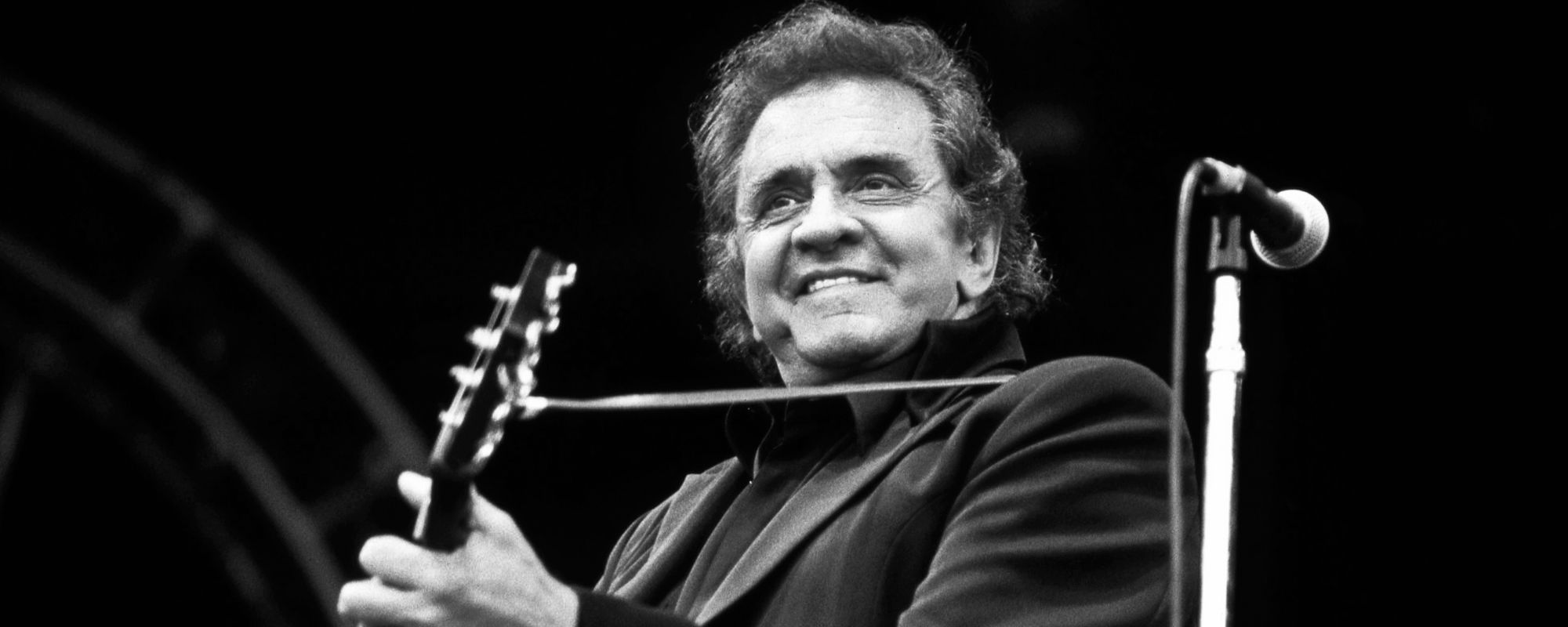
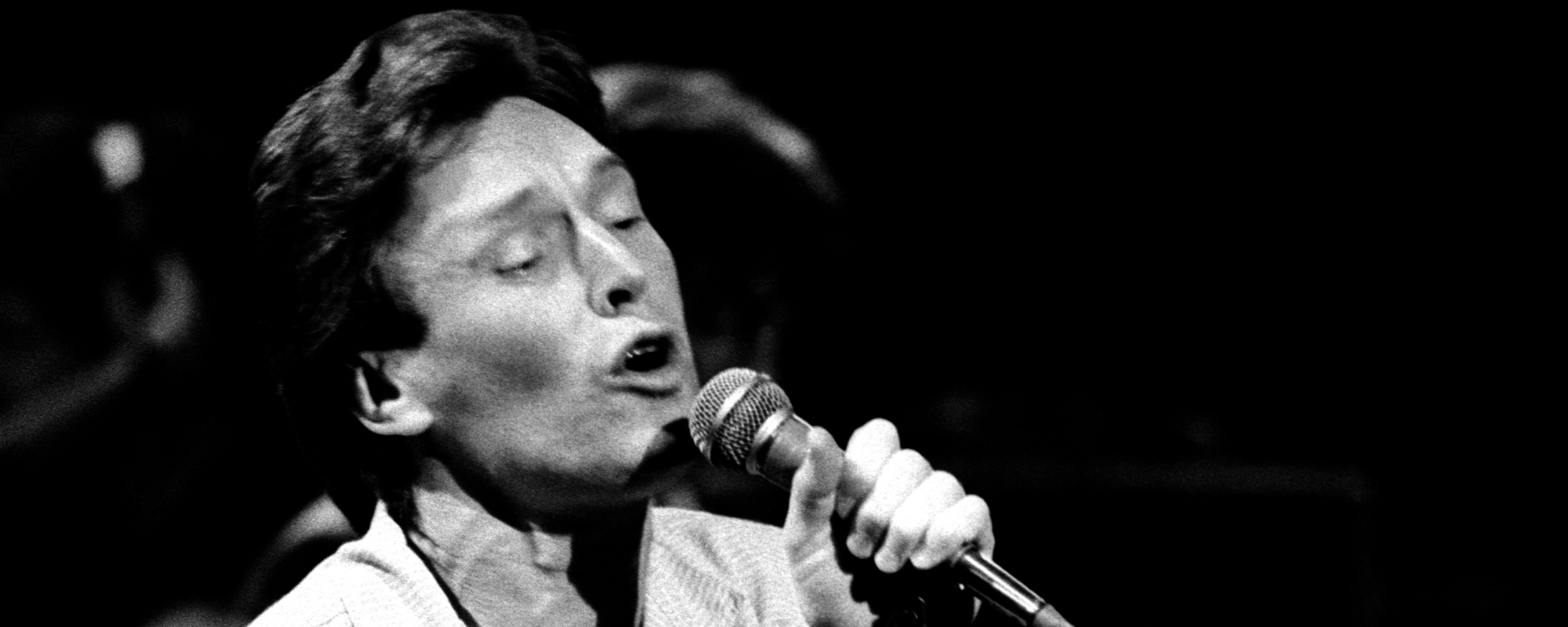
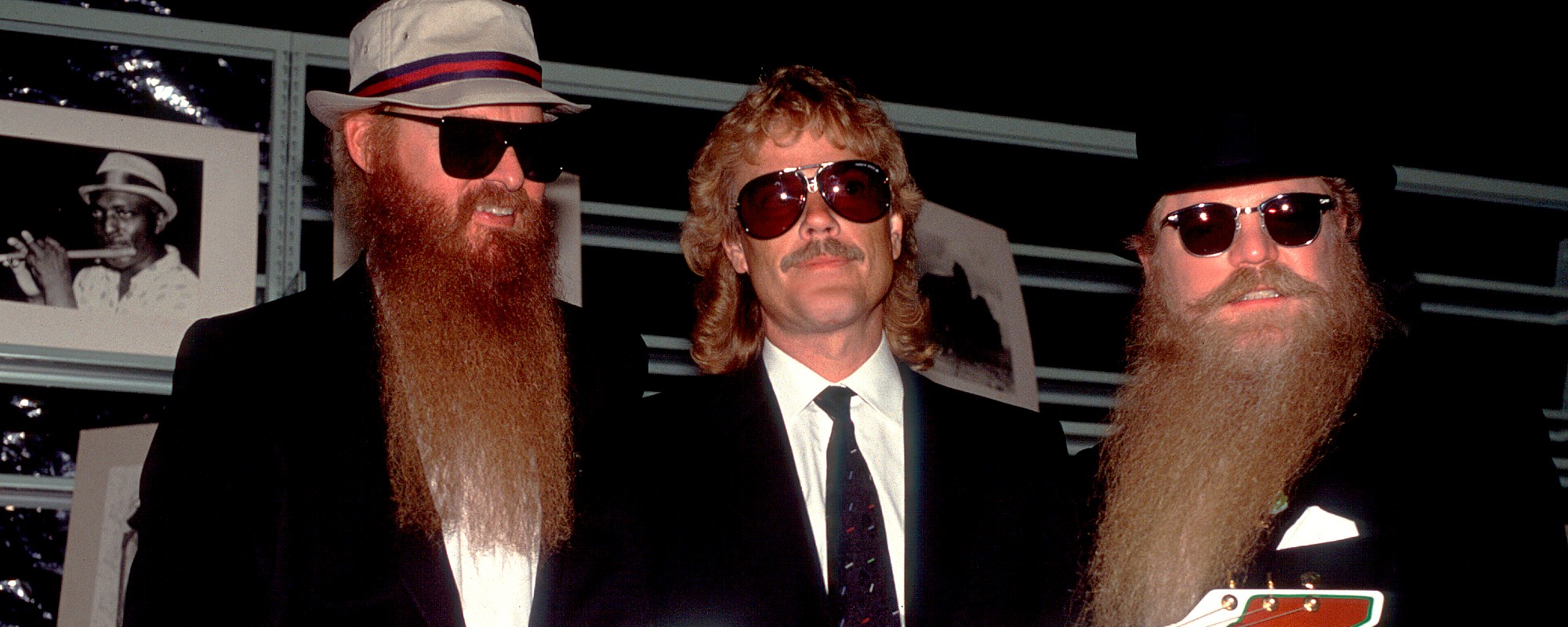
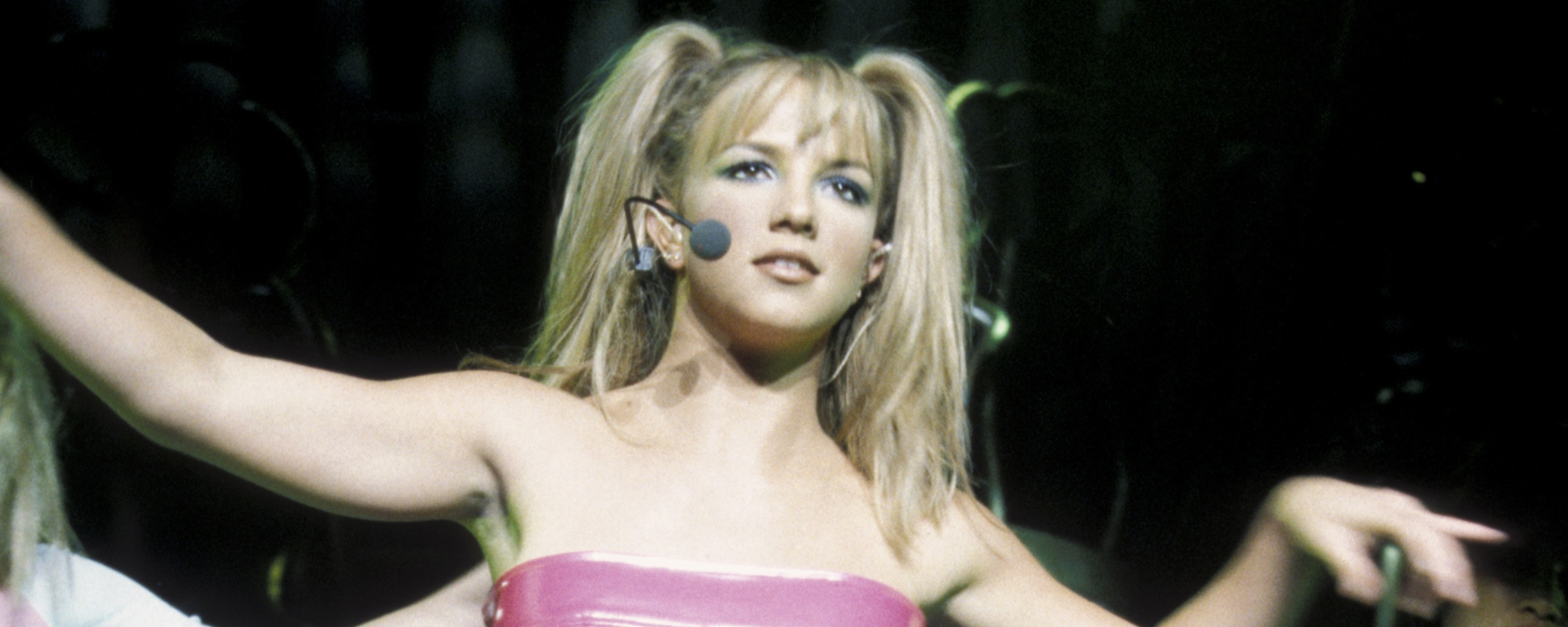
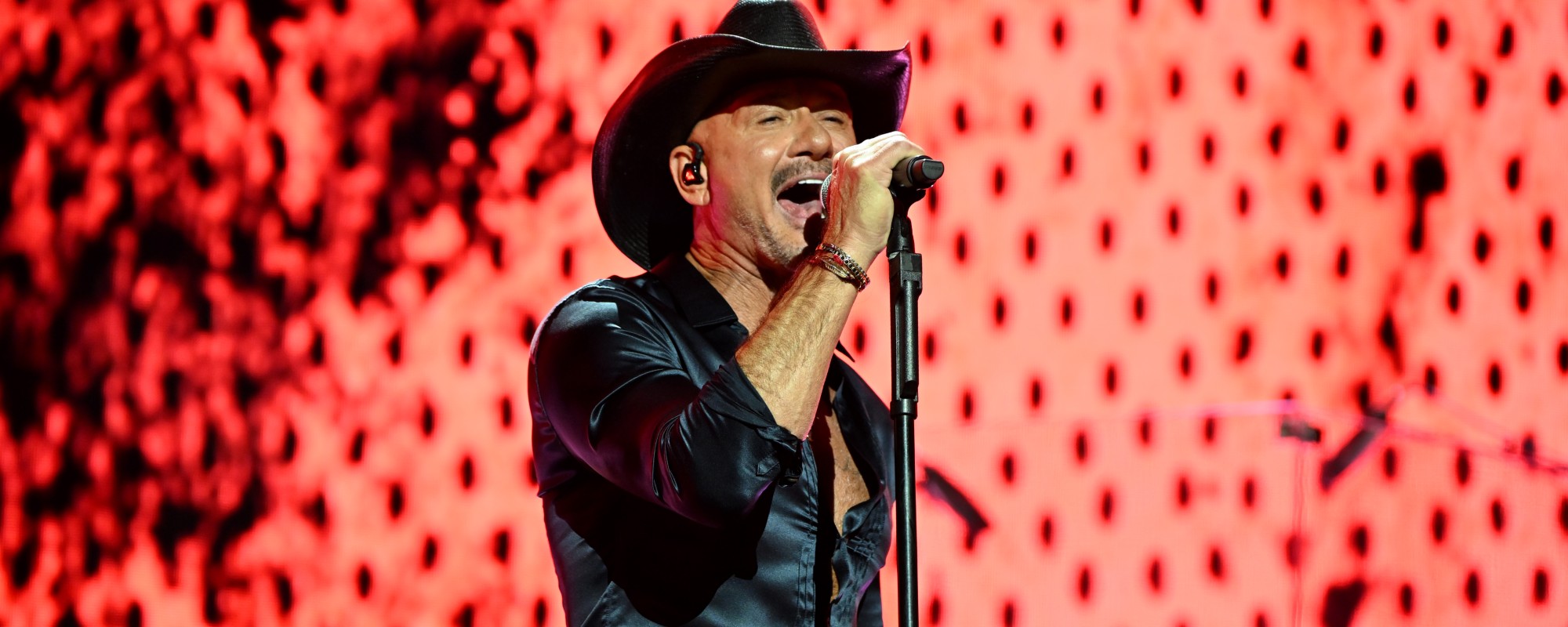


Leave a Reply
Only members can comment. Become a member. Already a member? Log in.